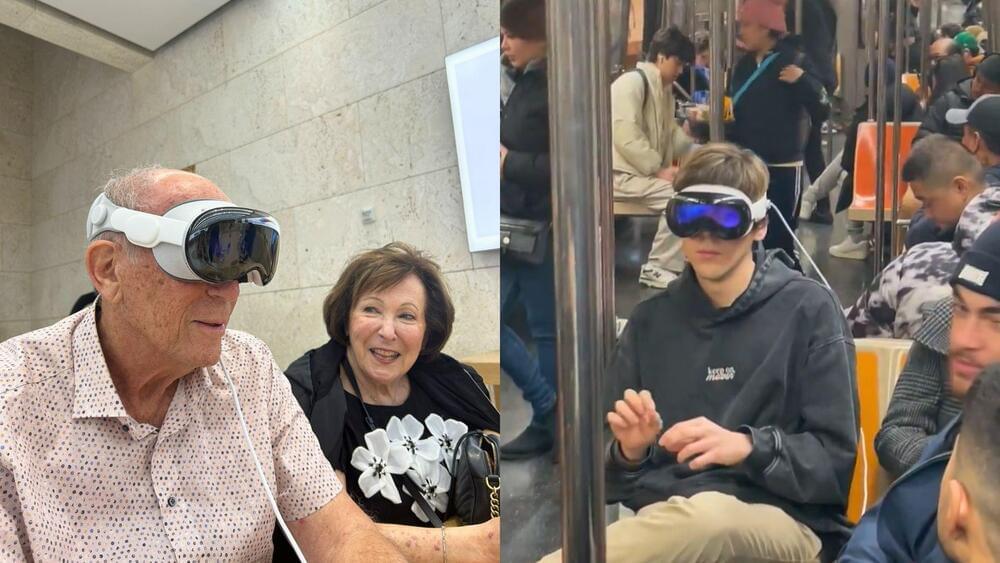Several archaeological finds from across the ancient Greek world have revealed the advanced state of ancient Greek plumbing systems.
Although plumbing is rarely the first thing that comes to mind when one thinks of advanced civilizations – indeed, the gleaming columns of stunning temples are a much more typical image in the popular imagination – adequate hygiene and sanitation are a cornerstone of any sophisticated and functioning society.
The ancient Greeks installed plumbing, drainage systems, and infrastructure to supply water to their cities. As urban areas grew, and political life increasingly revolved around the polis (city), ensuring that these areas were adequately sanitized and had access to clean water became more important.









